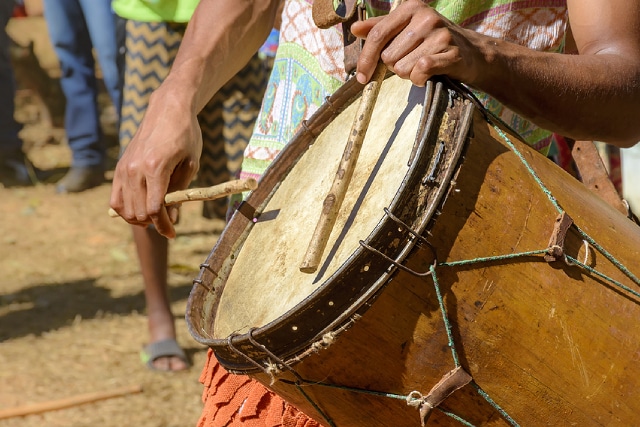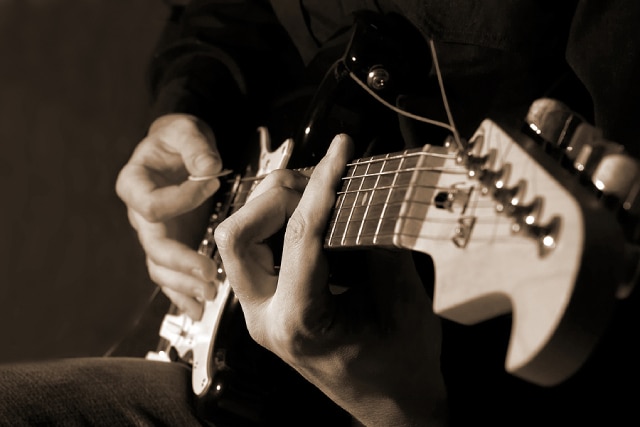Drumming is a universal language that transcends borders and connects people across the globe. It’s a rhythmic expression deeply rooted in cultural traditions and history. From the heart-pounding rhythms of African djembe drums to the intricate patterns of Indian tabla, drumming in different cultures is a rich tapestry of sound, symbolism, and spirituality. In this world tour of percussive traditions, we’ll explore how drums play a vital role in diverse cultures across the planet.
1. Africa
Africa, often considered the birthplace of drumming, boasts a wide array of drum traditions. Each African region has its distinct rhythms and drumming styles. The djembe, a goblet-shaped drum from West Africa, is renowned for its expressive tonal qualities. It’s used in ceremonies, celebrations, and storytelling, where rhythms convey messages and emotions. In East Africa, the ngoma drums accompany traditional dances, while the talking drums of West Africa can mimic human speech.
2. Asia
Asia is home to some of the world’s oldest drumming traditions. In India, the tabla reigns supreme. These twin hand-played drums produce intricate rhythms and melodies, making them essential in classical music and dance forms like Kathak. Meanwhile, Japan’s taiko drums create thunderous beats that resonate with the soul. These massive drums are often used in festivals and rituals, symbolising the power of nature.
3. Middle East
The Middle East is known for its diverse percussive traditions. The darbuka, a goblet-shaped drum, is a staple in Arabic music and belly dancing. It provides the rhythmic pulse that captivates audiences worldwide. In Iran, the tonbak is central to classical Persian music, and its rhythms are as old as the Persian civilization itself. The rich tapestry of Middle Eastern drumming reflects centuries of cultural exchange.
4. South America
South America’s drumming traditions are deeply intertwined with its vibrant culture. The samba of Brazil is synonymous with colourful carnivals and energetic drum ensembles known as samba schools. The bombo legüero, a large Argentine drum, is an integral part of folk music and represents the gaucho heritage. In Peru, the cajón, a wooden box drum, adds a distinctive flavour to Afro-Peruvian music, blending indigenous and African influences.
5. North America
In North America, indigenous communities have a rich drumming heritage. Powwows feature the powwow drum, a large communal drum played with sticks. These gatherings celebrate native culture and provide a sense of unity. In the realm of popular music, the drum kit is the backbone of rock ‘n’ roll. From Elvis Presley to Led Zeppelin, the drum set has shaped the sound of modern music, becoming an iconic symbol of rebellion and rhythm.
6. Oceania
The islands of the Pacific Ocean are home to unique drumming traditions. The log drum, a hollowed-out wooden log, is a prominent instrument in Melanesian and Polynesian cultures. It’s used in ceremonies, storytelling, and dance. In Hawaii, the hula drum accompanies the graceful hula dance, invoking the spirit of the islands with its gentle rhythms.
Conclusion
Drumming in different cultures is a testament to the power of rhythm as a unifying force. It bridges generations, communicates emotions, and preserves cultural heritage. As drummers and music enthusiasts, we can learn from these diverse percussive traditions.
At Studio72, you can attend the best drum lessons and music classes in Singapore. Aside from offering technical knowledge, our classes encourage the theoretical studies of musical instruments, such as the deep cultural significance of drums, as mentioned in this article. This allows for a more comprehensive understanding of the instrument. To enquire about our classes, feel free to contact us here.






